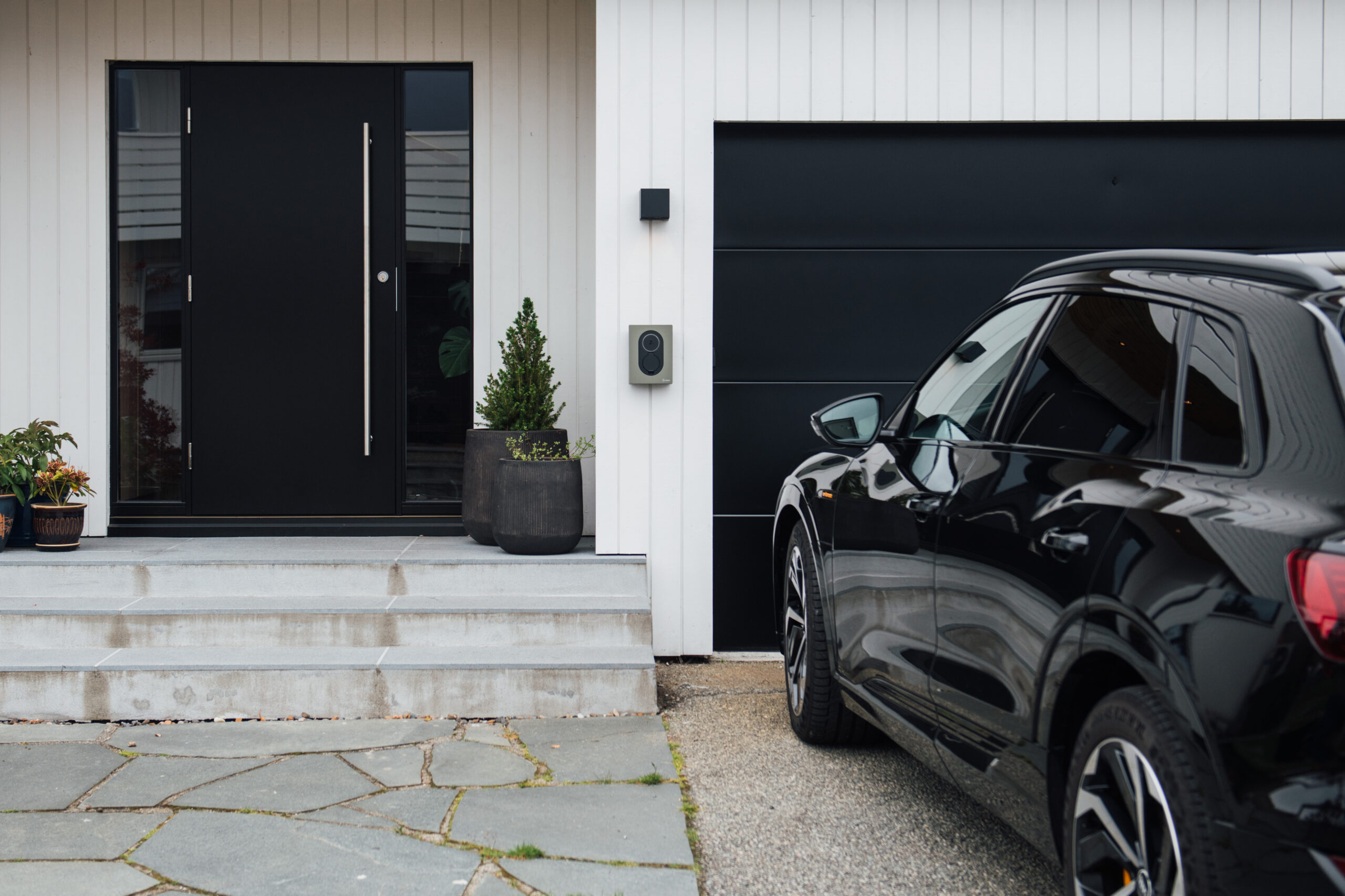Norway is ahead of Sweden in terms of the transition from cars that use fossil fuels to those that are electrically charged. Benefits and support systems have expedited development in political terms, and the development of charging infrastructure has been a major factor. In Sweden, the number of rechargeable electric cars has increased rapidly in a short period of time, which is why knowledge levels relating to charging are relatively low. This is something that Zaptec, with many years of experience in electric car charging in the Norwegian market, wants to change.

The requirement for charging solutions for BRF and companies is increasing. The trade body Power Circle has forecast that one in two cars in Sweden will be electric by 2030, which requires expansion of charging capacity. ‘90 per cent of charging either takes place at home or at work, when the car is parked for a longer period. This means that locations like this are very well suited to intelligent charging systems,’ says Anna-Karin Andersen, CEO of Zaptec Sweden.
There are currently around 90,000 rechargeable electric cars in Sweden, and in just 5 years that figure will reach 1 million. There are loud demands for major investment in the power grid in order to respond to the increased requirements of electric car charging.
There is localised congestion on the power grid at these times. An intelligent charging system can dynamically control the power being delivered so that the electrical grid is subjected to a more even load during the course of the day, and more charging stations can be connected to the existing capacity. This reduces power peaks on the network – and another bonus is that it keeps costs down for property owners with power-based electricity tariffs,’ says Anna-Karin. She continues:
The NVE (Norwegian Water Resources and Energy Directorate) recently published a report that shows that Norway can cope with complete electrification of its private car fleet without investing in any further grid capacity. The prerequisite for this is intelligent charging and the report shows a benefit to society of NOK 11 billion.
The fact that development of rechargeable electric cars has gone so quickly has resulted in both the authorities and industry players in Sweden offering hesitant advice relating to electric car charging, which risks inhibiting the electric car boom in the long term.
For example, the Swedish Energy Agency believes it is unnecessary install a charging system with 22 kW boxes. This is not correct. It enables a more dynamic charging process and load control, which means that more cars can be charged using the existing capacity.
The recommendation should not be to install a charging system with a static, low power. Instead, the Swedish Energy Agency should be demanding investments in powerful, intelligent systems.
We need to take on board Norway’s experience and optimise the use of our power grid before making expensive network investments,’ Anna-Karin Andersen concludes.


